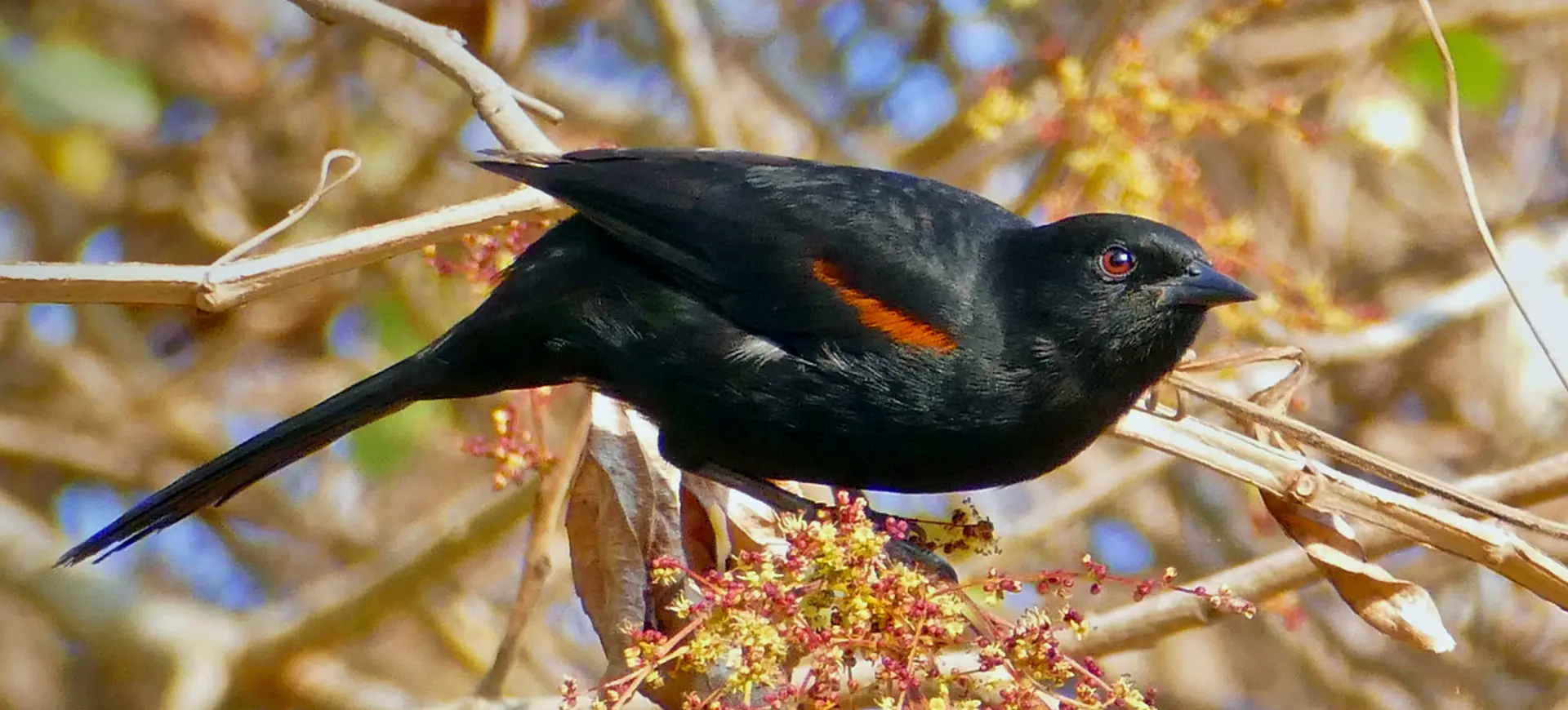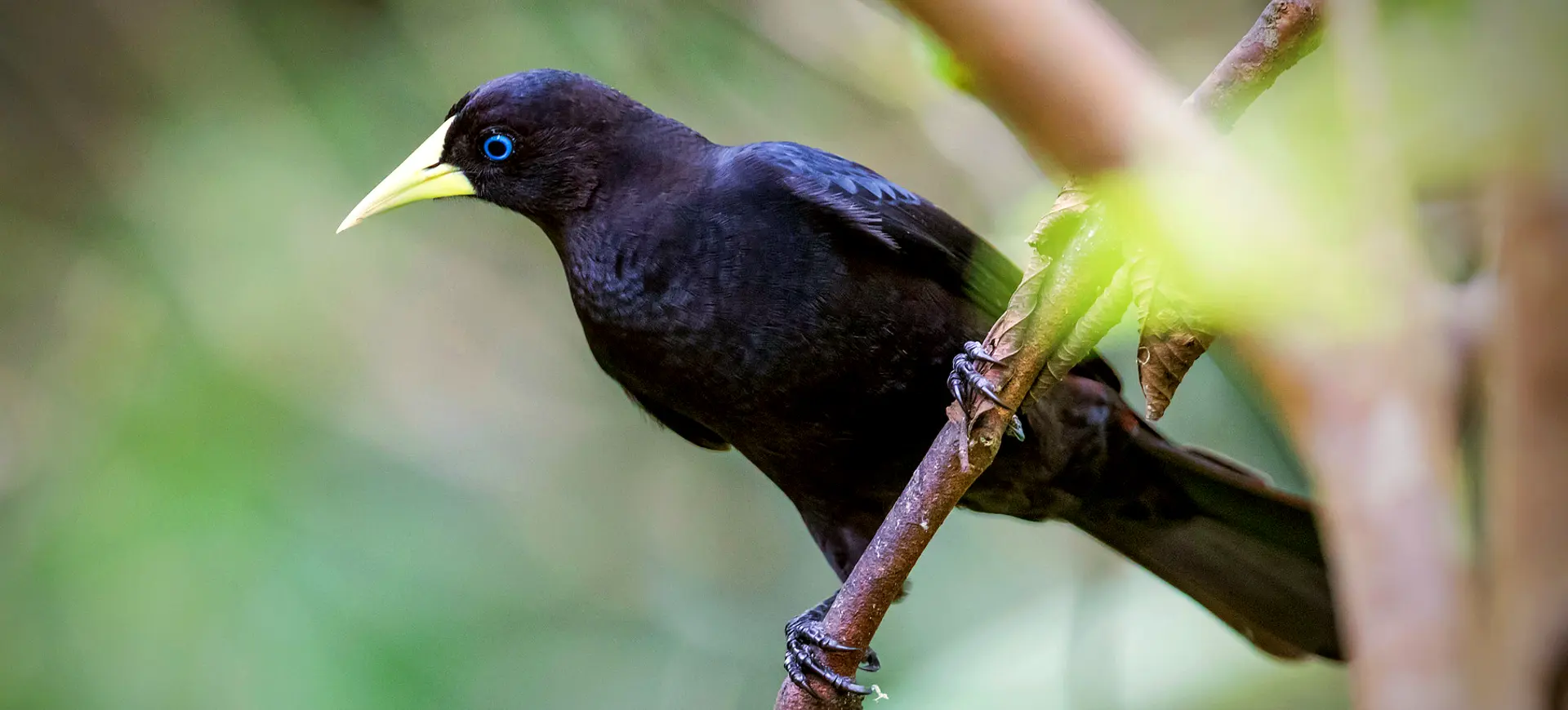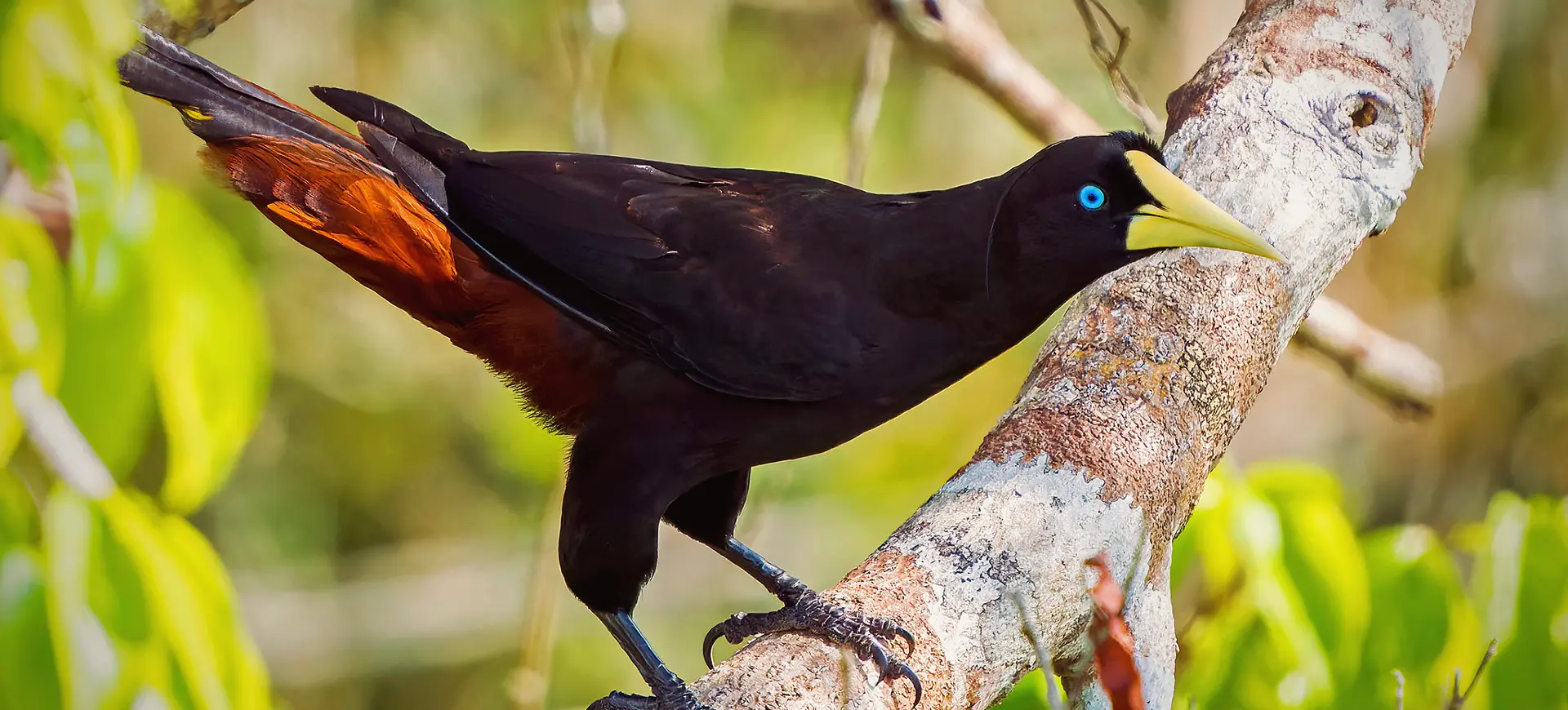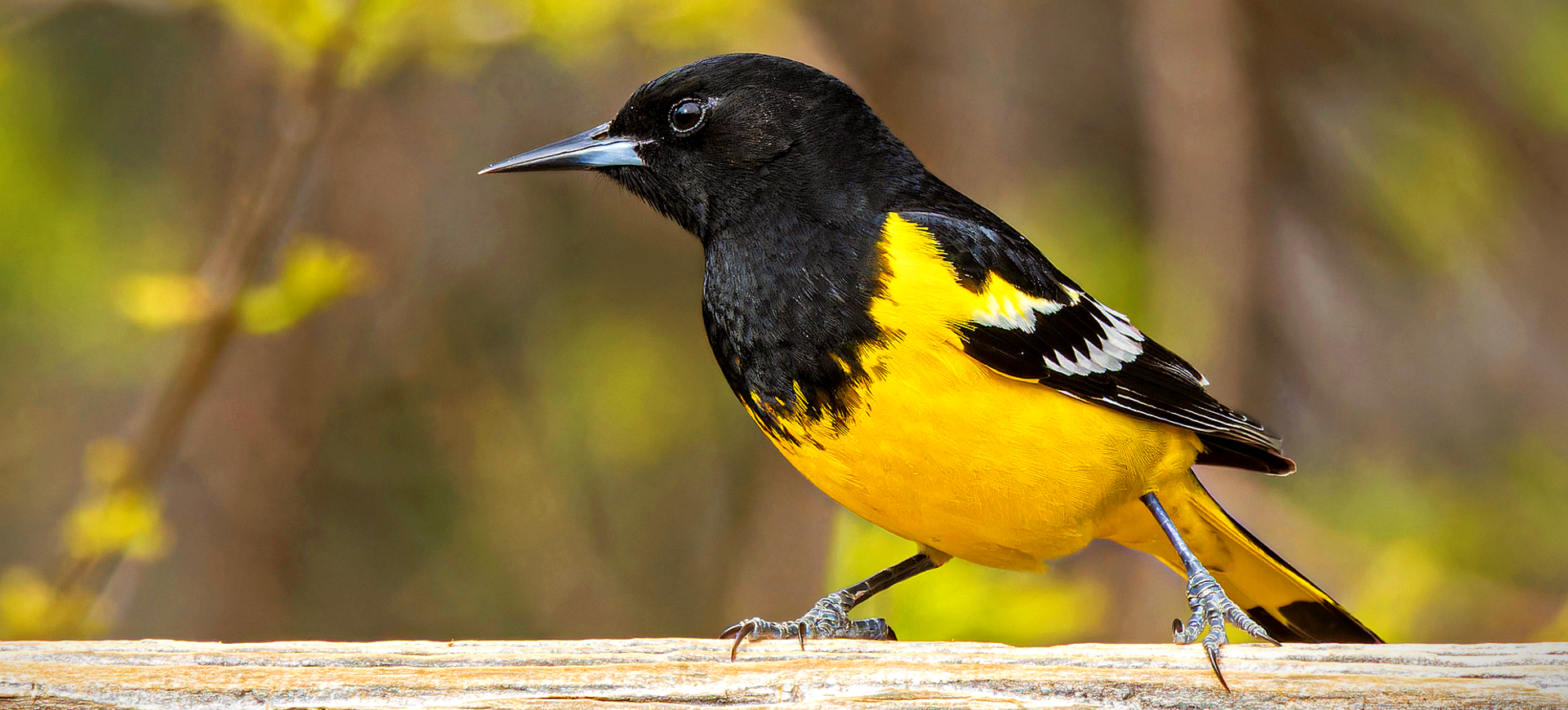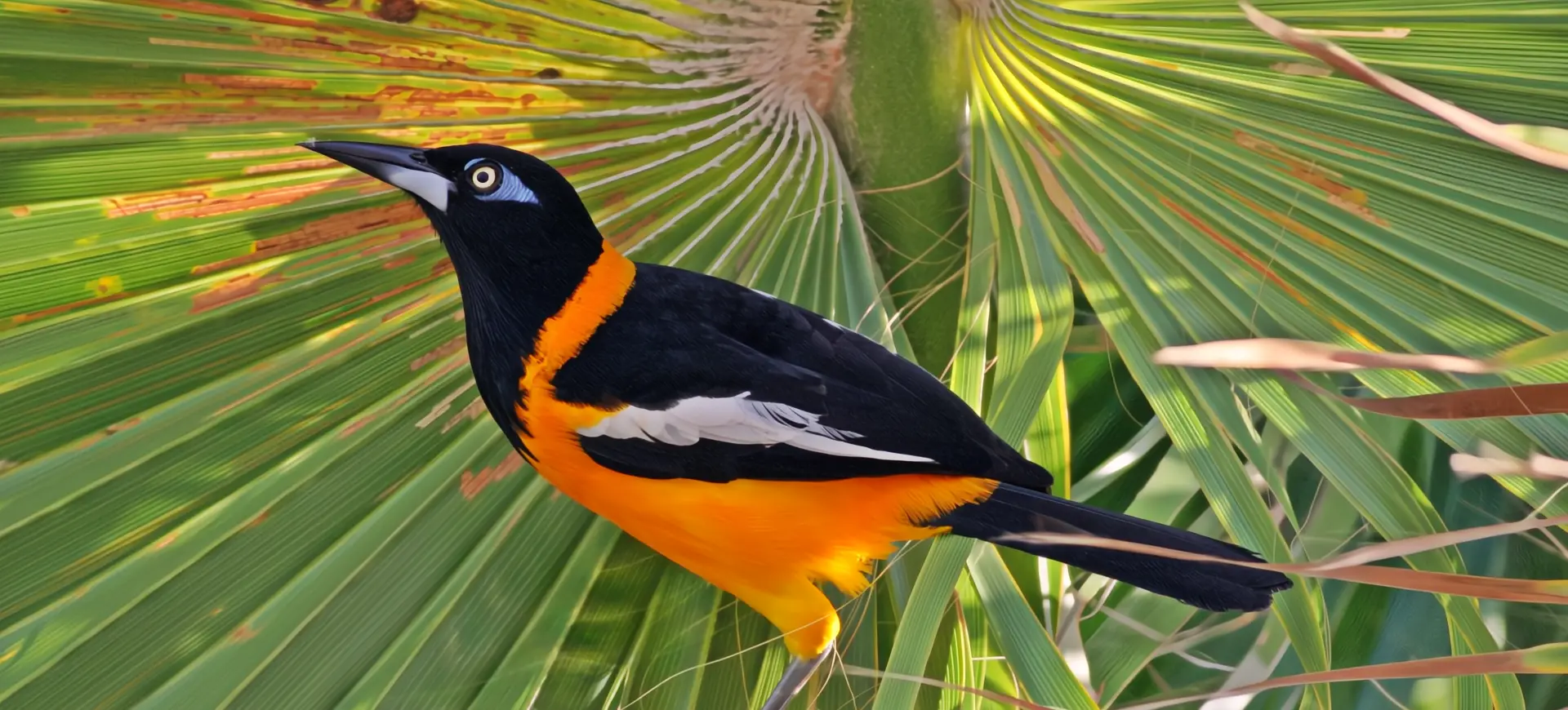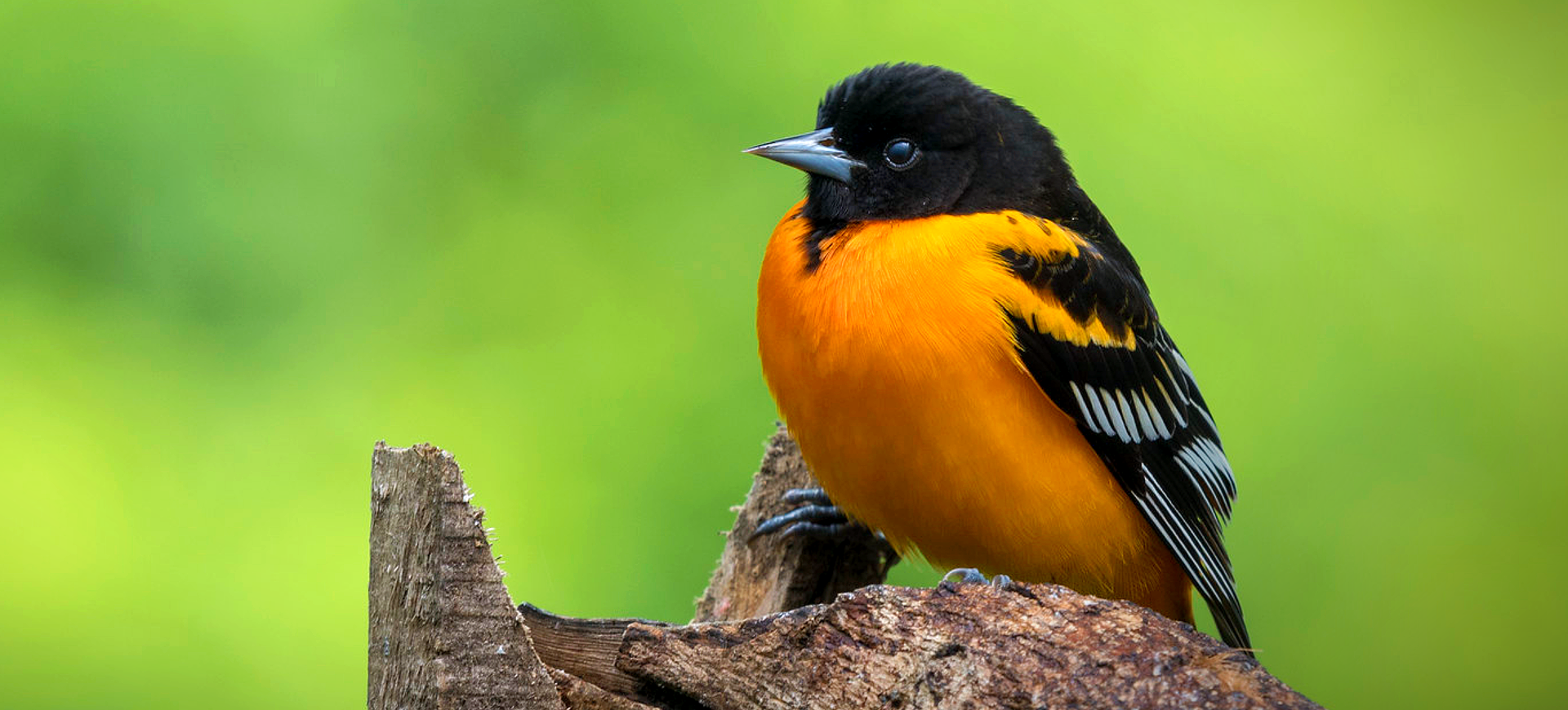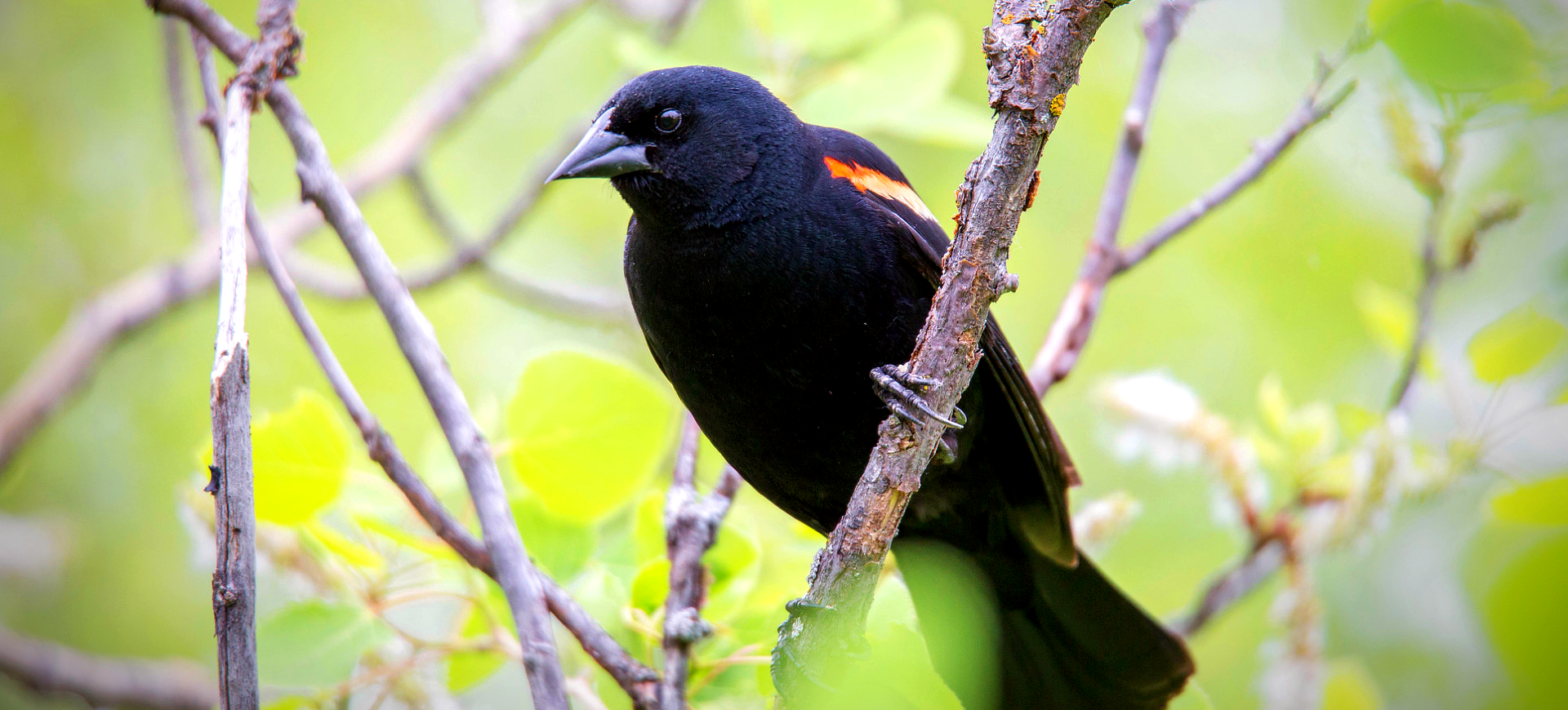Overview
The Green Oropendola, scientifically known as Psarocolius viridis, is a strikingly colorful bird found primarily in South America. This species is notable for its vibrant green plumage, which shimmers with an iridescent quality, and a contrasting bright yellow tail. The bird’s beak is pointed and distinctively large, with a vibrant orange lower mandible. Males are typically larger and more vividly colored than females, a common trait in many bird species.
Green Oropendolas inhabit humid tropical forests and are often seen in the canopy and edges of these forests. They are known for their unique, hanging nests, woven from fibrous materials and can be up to a meter in length. These nests are often built in colonies, hanging from the tips of tree branches. The species is highly social, frequently forming large flocks.
Their diet mainly consists of fruit, nectar, and insects, making them important seed dispersers and pollinators in their ecosystem. The Green Oropendola is also known for its remarkable vocalizations, including whistles, chatters, and gurgles, often used in social interactions within flocks.
Taxonomy
Kingdom
Phylum
Class
Order
Family
Genus
Species
Type
Physical Description:
The Green Oropendola is a large, robust bird with a length of approximately 35-40 cm. The most striking feature is its iridescent green plumage, which appears to change shades in different lighting. The bright yellow tail contrasts sharply with its body, making it easily identifiable in its natural habitat. The bird’s head is slightly darker than the rest of its body and has a blueish skin patch around its eyes.
Males and females differ slightly in size and color intensity, with males being larger and more vibrant. The beak of the Green Oropendola is another distinctive characteristic; it’s long, curved, and predominantly orange. Their legs and feet are strong, aiding their ability to hang from branches and navigate the treetops.

Lifespan: Wild: ~10 Years || Captivity: ~20 Years

Length: Male: 16-20 inches (40-51 cm) || Female: 13.8-15.7 inches (35-40 cm)
Characteristic:
Native Habitat:
The Green Oropendola is native to the Amazon Basin, inhabiting a range that includes parts of Brazil, Venezuela, Colombia, Ecuador, Peru, and Bolivia. Their preferred habitat is humid tropical forests, especially in regions near rivers and wetlands. They are adapted to living in the forest canopy, rarely descending to the ground.
These birds thrive in undisturbed habitats but can also be found in secondary forests and forest edges. Their nesting behavior often leads them to select tall, isolated trees that provide an unobstructed area for their hanging nests.
Climate Zones:
Biomes:
WWF Biomes:
Biogeographical Realms:
Continents:
Diet:
Diet & Feeding Habits:
Green Oropendolas are primarily frugivorous, feeding on various fruits in their tropical forest habitats. They play a crucial role in seed dispersal, contributing to the health and diversity of their ecosystem. Apart from fruits, their diet includes nectar, which they obtain from flowers using their specialized beak and insects.
Their feeding behavior often involves foraging in the treetops, where they can access a variety of fruit-bearing trees. They are known to be opportunistic feeders, sometimes raiding nests of other birds for eggs or young. Green Oropendolas often feed in flocks, which helps them locate food sources more efficiently.
Mating Behavior:
Mating Description:
Green Oropendolas have a polygynous mating system, where a single male mates with multiple females. The males are known for their elaborate courtship displays, which include a variety of vocalizations and physical displays. They often gather in leks, where several males display simultaneously to attract females.
The female builds the nest, a remarkable hanging structure woven from fibrous materials. The nest provides a haven for eggs and young, protected from predators and environmental elements. After laying eggs, the female incubates them and is solely responsible for feeding and caring for the chicks until they fledge.
Reproduction Season:
Birth Type:
Pregnancy Duration:
Female Name:
Male Name:
Baby Name:
Social Structure Description:
Green Oropendolas are highly social birds, often seen in large flocks. They exhibit complex social behaviors, including cooperative foraging and communal roosting. Within these flocks is a social hierarchy, with dominant birds often having priority access to food and nesting sites.
Their social nature is also evident in their breeding colonies, where multiple nests are nearby. This communal nesting provides increased vigilance against predators and enhanced mating opportunities for males.
Groups:
Conservation Status:
Population Trend:
The Green Oropendola, with its status as ‘Least Concern’ according to the International Union for Conservation of Nature (IUCN), suggests a stable population in its natural habitat. This classification reflects a current lack of immediate threats, leading to a significant decline in its numbers. However, the absence of detailed population data means that changes in their numbers could go unnoticed, necessitating cautious monitoring.
Despite their stable status, Green Oropendolas, like many other species in the Amazon Basin, face potential risks from environmental factors. The primary concern is habitat loss, primarily driven by deforestation and changes in land use for agricultural purposes. These environmental changes threaten not only their nesting and feeding habitats but could also disrupt the delicate ecological balance necessary for their survival.
Population Threats:
The Green Oropendola faces its most significant challenge in the form of habitat destruction, largely attributed to deforestation and the expansion of agricultural activities. These activities lead to the fragmentation and outright loss of the lush tropical forests these birds call home, directly impacting their ability to find suitable nesting sites.
Additionally, climate change presents a looming threat to the Green Oropendola’s survival, as it could drastically alter the tropical ecosystems they depend on. Changes in weather patterns, such as increased frequency and severity of storms, can damage the delicate forest canopy and disturb the ecological balance.
Conservation Efforts:
Conservation efforts for the Green Oropendola primarily involve preserving their natural habitat. This includes protecting large areas of tropical rainforest within the Amazon Basin. Sustainable forestry practices and reducing deforestation are key to maintaining the health of their ecosystem.
Environmental awareness and education programs are also important for promoting the conservation of the Green Oropendola and other rainforest species—protected areas and wildlife reserves are crucial in providing safe bird habitats.
Additional Resources:
Fun Facts
- Green Oropendolas have a striking iridescent green plumage that shimmers in the sunlight, making them a vibrant sight in their natural habitat.
- They build unique, long, hanging nests, which can be up to a meter in length and are often seen swinging from tree branches.
- Known for their complex and diverse vocalizations, Green Oropendolas produce a range of sounds, including whistles, gurgles, and chatters.
- In their polygynous mating system, one male mates with several females, often displaying impressive courtship behaviors to attract mates.
- As frugivores, they play a crucial role in seed dispersal, aiding in the maintenance and regeneration of tropical forests.
- Their bright yellow tail feathers create a stunning contrast against their green body, a feature that is easily noticeable when they fly.
- The Green Oropendola has a large, pointed beak with a vivid orange lower mandible, perfectly adapted for foraging fruits and nectar.
- They are highly social birds, often seen in large flocks, and exhibit complex social behaviors within their communities.
- Males gather in leks, collectively displaying to females, creating a dynamic and competitive breeding environment.
- Despite facing threats like habitat loss, Green Oropendolas are listed as ‘Least Concern’ by the IUCN, indicating their resilience and adaptability.





